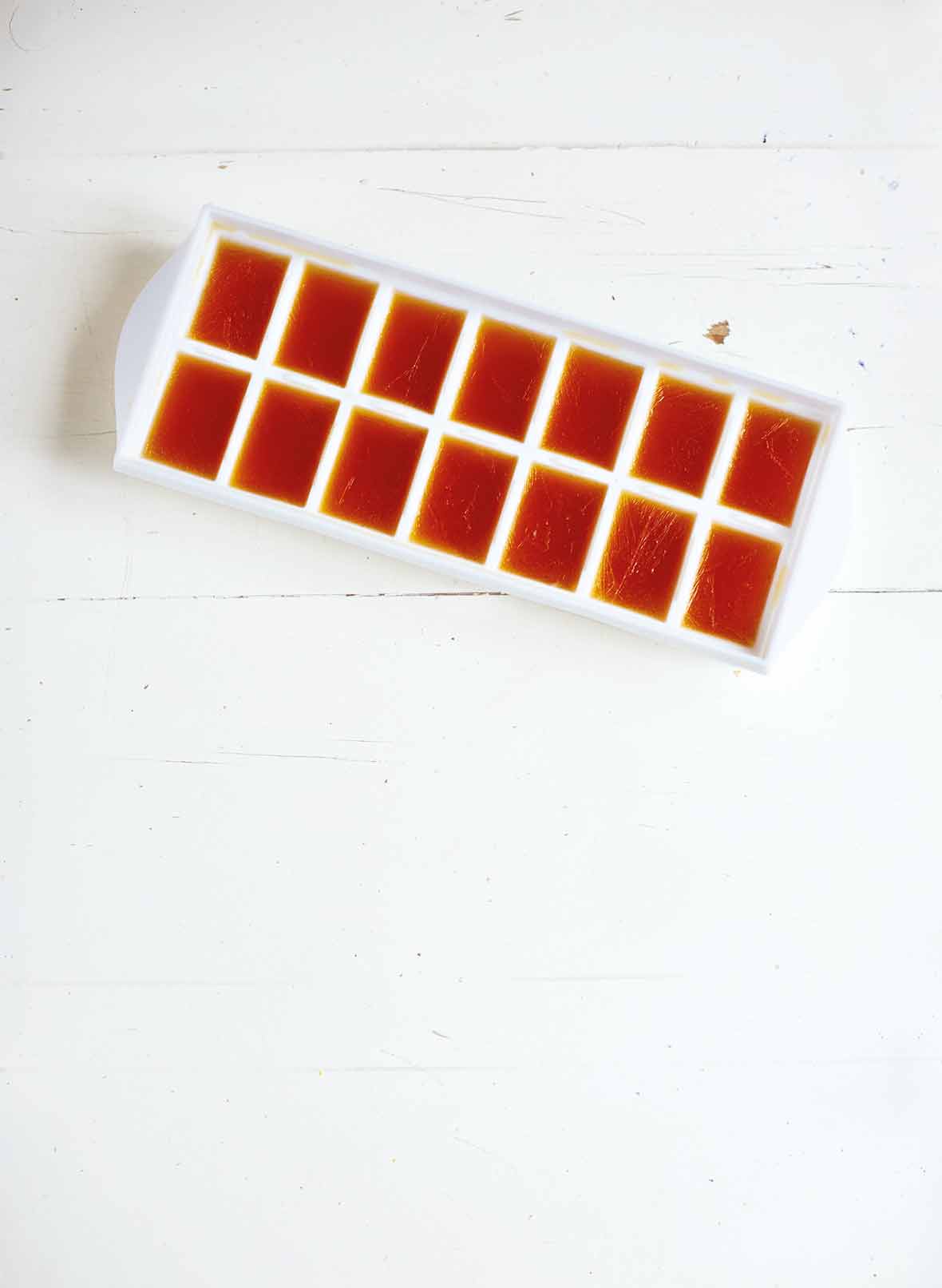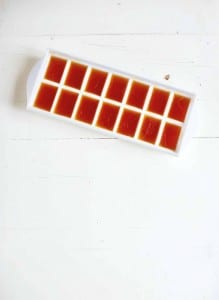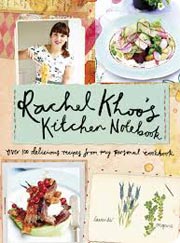
Knowing how to freeze stock, to us, should be a birthright because it translates to always having homemade broth on hand which means you can always make any manner of comforting and restorative dishes without running to the store. But it can be tricky, not to mention time-consuming and space-consuming, to always have a stash in the fridge. So when we saw Rachel Khoo’s brilliant trick on saving stock in ice cube trays, that got us to thinking about all the other containers we could rely upon to store our stock. Here’s what we came up with—and what you’ll find in our freezers at this very moment.–Renee Schettler

How To Freeze Stock
Ingredients
- 4 1/2 cups freshly made chicken stock, beef bone broth, vegetable stock, or any homemade stock or even leftover store-bought stock
Instructions
Pick your freezing method
- We’ve frozen a lot of stock in our day and learned a lot of lessons along the way. Here are what we consider are your best options in terms of what containers to use and how to make the process as foolproof as possible.
Resealable Plastic Ziplock Bags
- Arguably the easiest way to store stock in the freezer is by simply pouring it into resealable plastic Ziplock bags. Place the bag in a large bowl or pot and prop it open. Carefully fill each bag no more than 3/4 full of stock. As best you can, squeeze out as much air as possible. Place the sealed bag flat on a baking sheet and transfer everything to the freezer, making certain the baking sheet is even. Wait until the stock is frozen solid and then remove the baking sheet and stack the bags of flattened stock as you would books, whether on the side or on edge.
Mason Jars
- Why yes, you can freeze stock in Mason jars, which allows you to avoid saving your precious homemade potion in plastic. The only trick is being mindful of a couple easy yet essential tactics to ensure the glass doesn’t crack. First, the stock needs to absolutely, incontrovertibly, and without a doubt be cooled to room temperature prior to pouring it into the jars. This prevents the shock of a hot liquid from cracking the glass jar. Second, when pouring the stock into the Mason jar, leave at least 2 to 3 inches of space at the top of the jar to allow space for the liquid to expand as it freezes. (It’s preferable to use wide-mouth jars that are straight-sided as these tend to resist cracking more than jars with curved shoulders. If using jars the latter, fill each jar so that the stock comes beneath the shoulders of the jar, which is the part that gently curves inward just beneath the lids.) And when arranging your Mason jars in the freezer, be certain they aren’t bumping against one another as the jostling that happens when you open the freezer door or rummage around for something could cause the glass to crack. (You may want to consider wrapping each jar in a towel or even a sock—a clean one, natch.)
Ice Cube Trays
- Reducing stock until it’s intensely concentrated and then freezing it is a great way of making it available for any occasion or use without taking up too much precious space. Pour 4 1/2 cups stock into a large wide pan and simmer for about 45 minutes, or until reduced to about 3/4 cup. Pour into an empty ice-cube tray and let cool before placing in the freezer until solid. If desired, transfer to a resealable plastic Ziplock bag or other resealable container. Store for up to 2 months. Add water as desired while it rewarms to return to attain the desired concentration.
Muffin Tins
- Reducing stock until it’s intensely concentrated and then freezing it is a great way of making it available for any occasion or use without taking up too much precious space. Pour 4 1/2 cups stock into a large wide pan and simmer for about 45 minutes, or until reduced to about 3/4 cup. Pour into an empty muffin tins and let cool before placing in the freezer until solid. If desired, transfer to a resealable plastic Ziplock bag or other resealable container. Store for up to 2 months. Add water as desired while it rewarms to attain the desired concentration.

Nutrition
Nutrition information is automatically calculated, so should only be used as an approximation.
Recipe Testers’ Reviews
Select a Tester
I’ve been making stock for decades and freezing it for just as long. I confess I’ve been partial to the resealable bag approach although, being lazy or rushed most of the time, I would often just plop the bag in the freezer and let it take whatever odd shape it happened to make as the stock squished around to conform to the contents of the freezer. Needless to say this is a tremendous waste of precious freezer space. That changed when I learned about the freeze-it-flat-and-stack-it-like-books approach. Life changing! I do it both with large resealable bags and also sandwich-size resealable bags so no matter what I’m making, I have approximately the right amount in an easy-to-defrost format.










I’ve been freezing stock for years but it never occurred to me that I could reduce meat stock into a concentrate. I often need just a little stock for a quick pan sauce after roasting chicken, beef or fish. Voila! Now I don’t have to open an entire box or previously frozen larger bag of stock to get the meaty flavor that I need for sauces. Thx!
You’re welcome, Margo! We’re so pleased that this means easier cooking and less waste for you.
Great ideas! Thank you.
You’re very welcome, Michele! So glad you found this to be useful! Having homemade stock on hand, whether in the fridge or freezer, is just such a godsend…